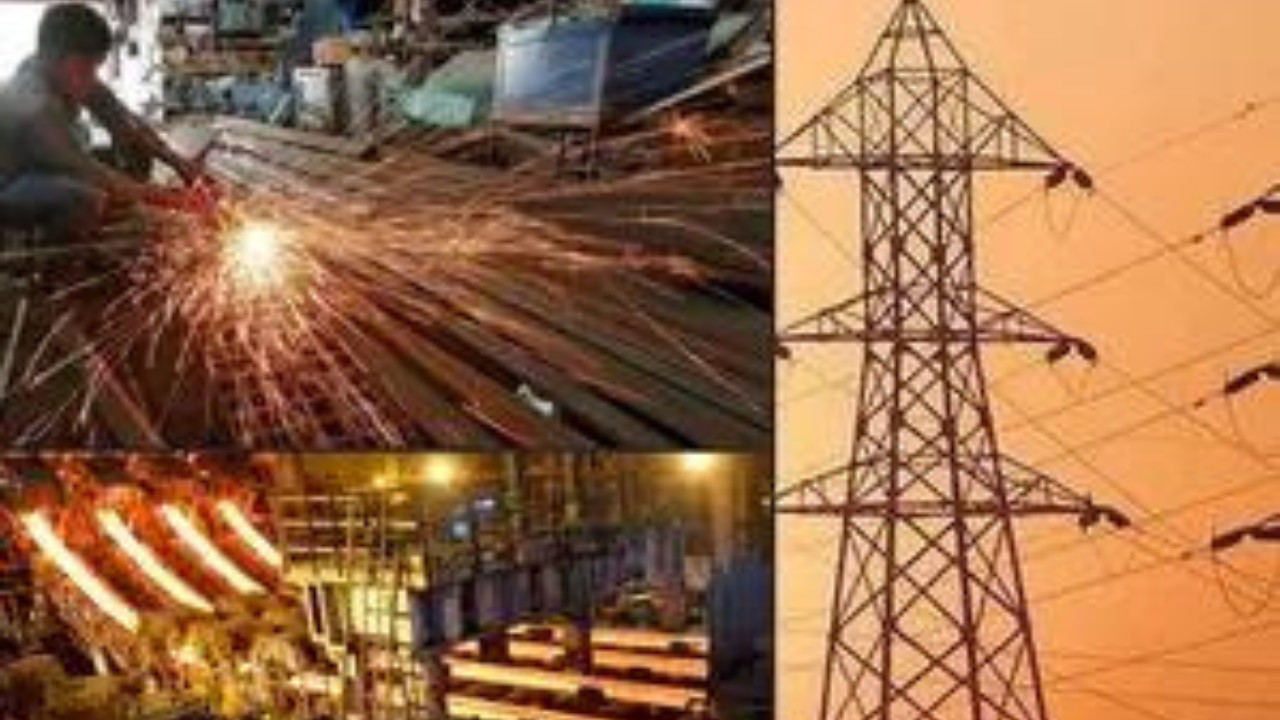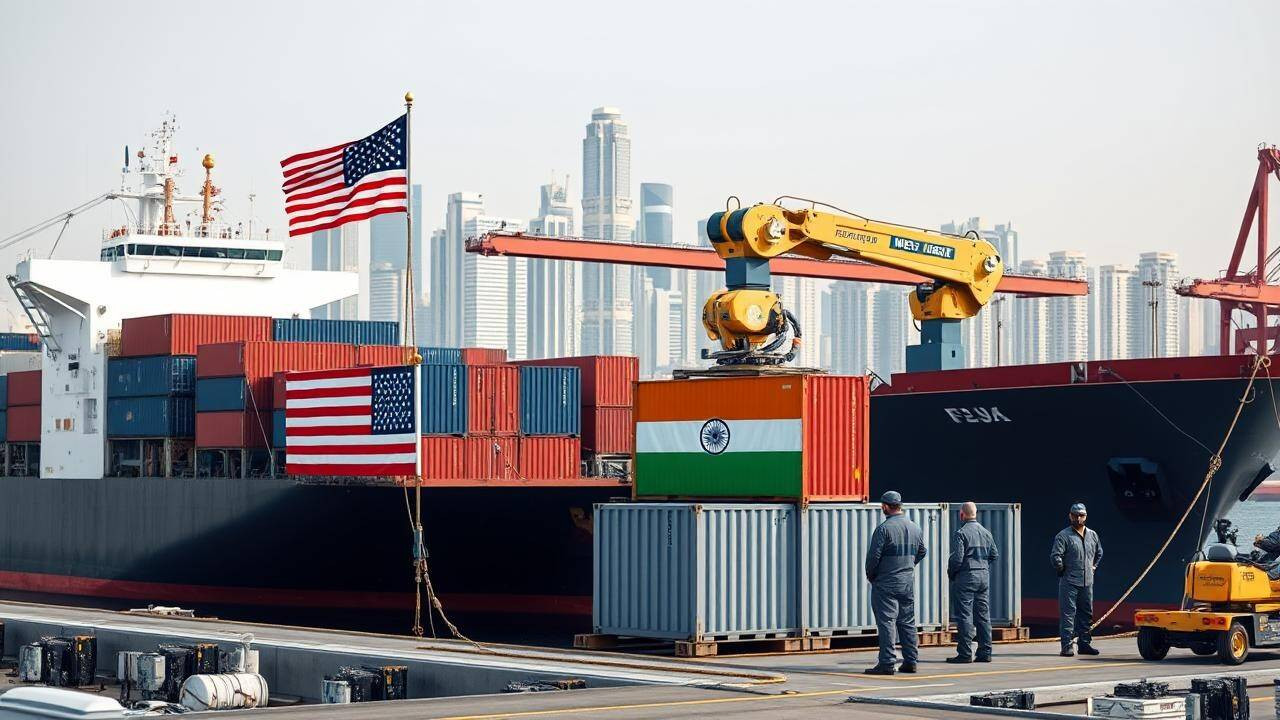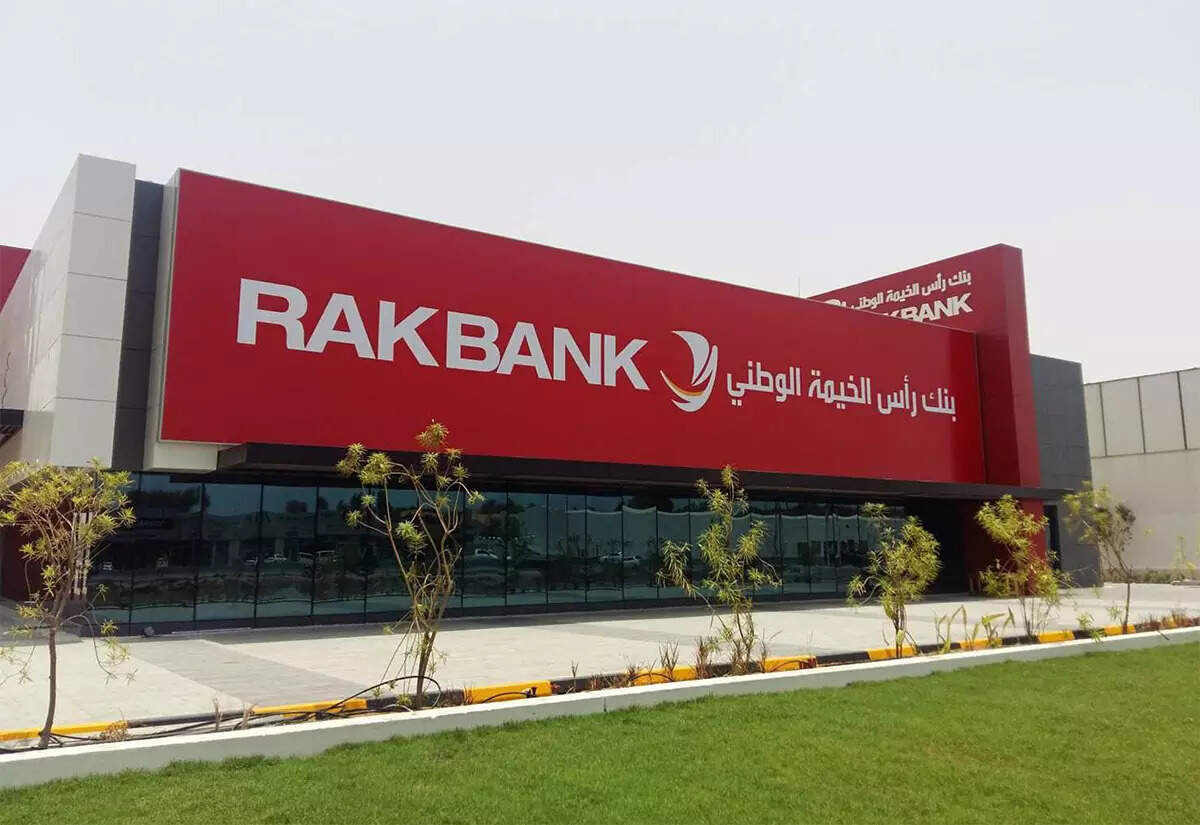India’s core infrastructure sectors experienced a slowdown in June 2025, growing by only 1.7%, a significant drop from the previous year’s 5%. The decline was primarily due to contractions in key sectors like coal and electricity. While steel and cement showed strong growth, the overall performance indicates a broader weakness in industrial activity during the April-June quarter.
Cracks in the Foundation? India’s Core Sector Growth Cools Down
The Indian economy, a vibrant engine of global growth, has seen a slight stumble. The core sector, the very bedrock of our industrial might, experienced a noticeable slowdown in June, expanding by a mere 1.7%. While still positive, this figure pales in comparison to the robust 8.5% growth witnessed in the same month last year. This deceleration prompts us to dig deeper: what’s happening beneath the surface?
The eight core industries – coal, crude oil, natural gas, refinery products, fertilizers, steel, cement, and electricity – act as key indicators of overall industrial performance. A dip in their collective output often signals broader economic headwinds. So, what’s driving this deceleration?
A Mixed Bag of Performance Across Key Industries
The performance wasn’t uniformly bleak. Some sectors demonstrated resilience, with steel, cement, and refinery products showing positive growth. This suggests pockets of strength within the industrial landscape. Steel production, crucial for construction and manufacturing, continued its upward trajectory, while cement output mirrored the ongoing activity in the housing and infrastructure sectors. Refineries, converting crude oil into essential fuels, also saw increased production, likely driven by rising demand.
However, these positive performances were offset by contractions in other crucial areas. Coal, a primary energy source, experienced a decline. The crude oil and natural gas sectors, vital for energy security, also showed negative growth. This raises concerns about potential bottlenecks in energy supply and their impact on other industries. Furthermore, fertilizer production, essential for the agricultural sector, also contracted, which could have implications for food security and rural incomes. Electricity generation, often seen as a barometer of overall economic activity, showed sluggish growth, indicating a potential slowdown in industrial demand.

Decoding the Numbers: Why the Slowdown?
Several factors could be contributing to this deceleration. The high base effect from the previous year, when the economy was rebounding strongly from the pandemic, certainly plays a role. Comparing current performance to a period of exceptional growth naturally results in a lower percentage increase.
Global economic headwinds, including inflationary pressures and geopolitical uncertainties, are also likely impacting India’s industrial output. Rising input costs, particularly for energy and raw materials, could be squeezing profit margins and dampening production. Furthermore, global supply chain disruptions, although easing, continue to pose challenges for manufacturers. Domestically, factors such as monsoon season often temporarily disrupt certain industrial activities.
Impact and the Road Ahead for Core Sector Growth
This slowdown in core sector growth has broader implications for the Indian economy. It could potentially impact overall GDP growth, as these industries contribute significantly to the nation’s economic output. Furthermore, it could affect employment generation, particularly in sectors directly linked to these core industries.
What steps can be taken to address this slowdown and revitalize the core sector? Strategic interventions are needed to address bottlenecks in specific industries. For example, boosting domestic coal production and accelerating the development of renewable energy sources could help alleviate energy supply constraints. Government policies aimed at promoting infrastructure development, such as the National Infrastructure Pipeline (NIP), can provide a boost to sectors like steel and cement. Streamlining regulatory processes and improving the ease of doing business can also encourage investment and innovation in these industries. Furthermore, it’s vital to foster the growth of micro, small, and medium enterprises (MSMEs) within these sectors as they are crucial for providing employment and spurring innovation. We also have great content discussing the overall state of the Indian economy – check it out [here](insert internal link here)!
The cooling down of core sector growth serves as a timely reminder that sustained economic progress requires continuous efforts to address challenges and capitalize on opportunities. While certain sectors display resilience, others require focused intervention to unlock their full potential. By addressing the underlying factors contributing to the slowdown, India can ensure that its core industries continue to serve as a strong foundation for future economic growth.







